10 best Japanese movies of all time, ranked
- Oops!Something went wrong.Please try again later.
- Oops!Something went wrong.Please try again later.
- Oops!Something went wrong.Please try again later.
- Oops!Something went wrong.Please try again later.
This article contains affiliate links; if you click such a link and make a purchase, Digital Trends and Yahoo Inc. may earn a commission.

Japan has been a source of some of the greatest games, graphic novels, TV series, and, of course, movies ever made. Japanese cinema has produced countless cultural gems that have gone on to influence the art form all over the world. The very best films from the country are windows into the nation’s history, traditions, and its filmmakers’ artistic brilliance.
Whether it’s samurai epics, intimate family dramas, or fantastical anime, the diversity of Japanese cinema ensures that there’s something for every type of viewer. From the world-renowned Spirited Away to the innovative Seven Samurai, these legendary movies from Japan should be considered essential viewing for all cinephiles.
10. The Human Condition (1959-1961)

Director Masaki Kobayashi’s The Human Condition is an epic war trilogy that follows the story of the initially empathetic protagonist Kaji (Tatsuya Nakadai) as he breaks rules to help others while serving as a supervisor in a labor camp. He’s eventually punished and sent to the front lines, with the process completely breaking the character. His story is covered in three movies: No Greater Love (1959), Road to Eternity (1959), and A Soldier’s Prayer (1961).
The film depicts World War II-era Japan in a sweeping, emotional, and devastating way, but rarely gets as much recognition as more popular Hollywood war movies. Kaji’s story is a truly harrowing one, especially since he’s characterized as a pacifist and socialist who’s forced into warfare. The trilogy established Kobayashi as one of the most talented directors from Japan, with his films being an unflinching reminder of that horrific part of history, as well as the strength of the human spirit.
9. Ikiru (1952)
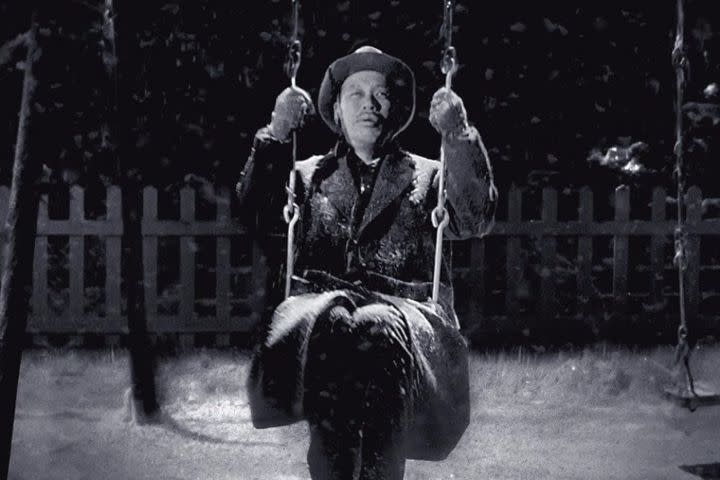
Takashi Shimura stars as Mr. Kanji Watanabe in Ikiru. The protagonist used to being a bureaucratic cog in a heartless system. But when he learns he has terminal cancer, he’s suddenly terrified by his impending death. his solution to the overwhelming fear is to find a way to make his last days meaningful, so he sets his sights on a poor neighborhood that could benefit from his help.
Directed by Akira Kurosawa, Ikiru is one of the best existential movies ever made, as it uses its protagonist’s story to capture a universal fear while offering a potential answer. The film’s title translates to “To Live,” which is precisely what Mr. Watanabe learns to do in his final days as he discovers how he can leave behind not just a good deed, but a lasting legacy. It’s one of Kurosawa’s more intimate stories, with its hard-hitting moments being unavoidably tearjerking.
8. Harakiri (1962)

Harakiri is a jidaigeki (period drama) film centered around Hanshiro Tsugumo (Tatsuya Nakadai), a ronin who arrives at a feudal lord’s residence seeking to perform seppuku (a form of taking one’s own life that was considered honorable among the feudal Japanese samurai class), but not in the way it’s expected. The feudal lord, Kageyu Saito (Rentarô Mikuni), believes that the aging samurai just wants pity or resources from him, and tells the story of a similar incident with another individual who used the same strategy.
The 1962 film benefits greatly from Masaki Kobayashi’s masterful direction, with each intense moment reflecting the movie’s antiestablishment theme. An anti-samurai film, Harakiri subverts traditional samurai movie tropes and avoids glorifying the Bushidō code of conduct. It does this by emphasizing the corruption, oppressive power structures, and twisted expectations that taint the system. Harakiri maintains its relevance in this way, for as long as there are tyrannical societies, its message is as important as ever.
7. Perfect Blue (1997)

Satoshi Kon is a master of animation, with his short filmography showcasing his exceptional talent and far-reaching influence in the genre. His most important work is Perfect Blue, a dark animated psychological thriller that follows Mima Kirigoe (voiced by Junko Iwao), a former pop idol transitioning to an acting career. As Mima adjusts to her new path, she’s haunted by her choice and worried about an obsessed fan who soon gets too close.
Perfect Blue is one of the early pioneers that gained international acclaim for the way it proves that the medium can move away from cartoonish and family-friendly stories. The 1997 film tells a gritty, mind-bending narrative that underscores Kon’s talent for blurring the line between fantasy and reality to disturbing effect. This perfectly complements the movie’s exploration of celebrity culture and how toxic idealization can be.
6. Ran (1985)
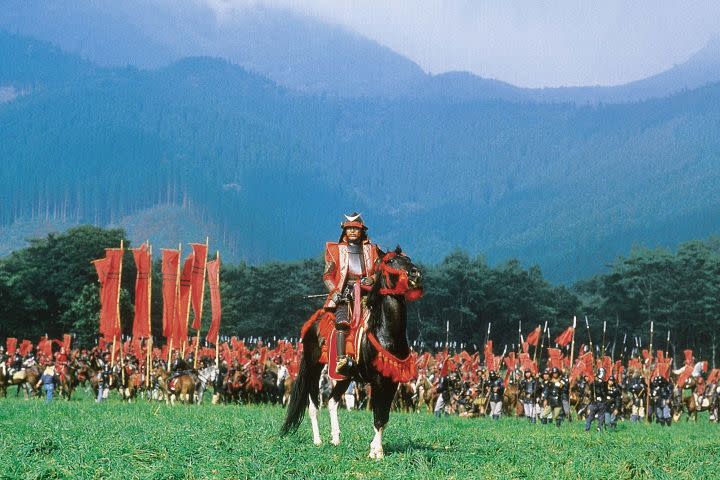
Ran is one of the best epic dramas and one could never be replicated. Directed by Akira Kurosawa, the film transports the story of William Shakespeare’s King Lear to feudal Japan, where the aging Great Lord Hidetora Ichimonji (Tatsuya Nakadai) divides his kingdom among his three sons. The eldest, Taro (Akira Terao), is meant to rule in his place, while his other sons, Jiro (Jinpachi Nezu) and Saburo (Daisuke Ryu), are placed in charge of their own Castles, but expected to be subservient to their older brother.
The film depicts the chain of betrayal, war, and a kingdom’s downfall throughout its 162-minute runtime. Each moment is perfectly choreographed, with particular attention to visual composition. Stunning contrasts between hues add a dramatic flair to tense scenes and make the frenzied battles strangely mesmerizing. Ran‘s fusion of traditional Japanese aesthetics with Shakespearean tragedy is unprecedented and still worth experiencing for the first time today.
5. Tokyo Story (1953)

Tokyo Story is a drama film that’s widely recognized as director Yasujirō Ozu’s magnum opus. It’s a contemplative work of art that revolves around an elderly couple, Shukishi (Chishū Ryū) and Tomi (Chieko Higashiyama), as they visit their grown children in bustling Tokyo. With their elder son now a doctor and their daughter a hairdresser, the parents find themselves neglected and ignored, with only the widow of their younger son making time for them during their visit.
The 1953 movie showcases many of Ozu’s trademarks, which include 180-degree cuts, a low camera height, static shots, and the use of the color red. The film has a deliberately slow pace to match its story, which points out the disconnect between the aging characters and the post-World War II world they’re quickly becoming disconnected from. Tokyo Story gained attention from critics around the globe, making it Ozu’s most recognizable and influential film.
4. Akira (1988)
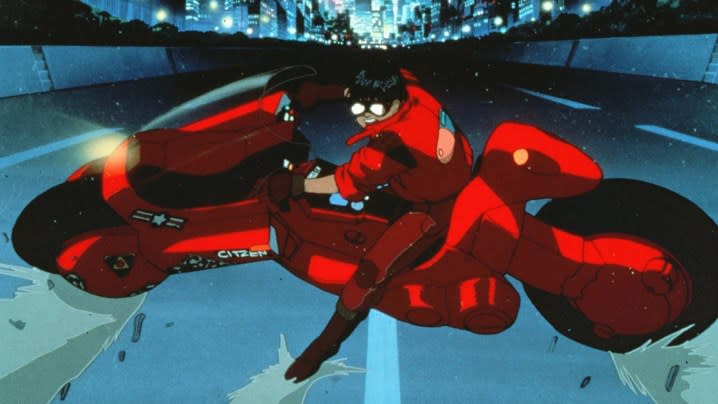
Akira is a genre-defining cyberpunk classic directed by Katsuhiro Otomo and based on his own 1982 manga. Set in the sprawling metropolis of Neo-Tokyo, the iconic dystopian film follows bike gang leader Kaneda (Mitsuo Iwata), who desperately tries to save his friend Tetsuo (Nozomu Sasaki) from a top-secret government project. When it’s revealed that Tetsuo has transformed into a superpowered individual eager to wreak havoc on the city, Kaneda’s goal changes.
The 1988 film is known for its instrumental role in establishing elements of the cyberpunk genre, with its portrayal of a fully realized dystopian version of Tokyo being a first in cinema. Its worldbuilding was one-of-a-kind for anime movies, with its setting’s neon-soaked streets and dilapidated structures serving as the backdrop for its frenetic story. Akira also highlighted the potential of manga adaptations to become worldwide hits, with the film paving the way for Japanese pop culture to become more mainstream across the world.
3. Rashomon (1950)
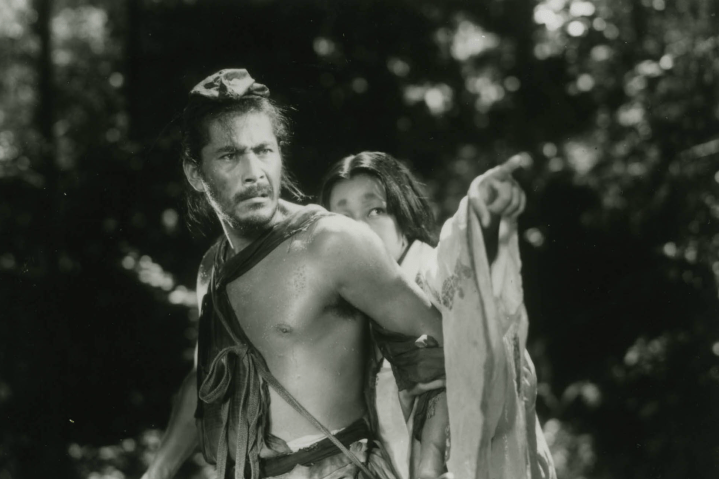
Often credited as the film that brought Japanese cinema to the rest of the world, Akira Kurosawa’s Rashomon is not just one of the best jidaigeki dramas ever made, but one of the greatest films of all time. The groundbreaking movie uses an unconventional narrative style and structure, telling the same story about a samurai murdered in a forest, but from its various witnesses’ different perspectives. The characters include a monk, a psychic, a woodcutter, and a priest.
Rashomon‘s storytelling captivated cinephiles everywhere, as Kurosawa used largely identical sequences in the film’s flashbacks, creating an innovative whodunit in the process. The film’s unreliable narrators even inspired the creation of the “Rashomon effect,” a writing method for movies where its characters tell stories from different perspectives, giving changing versions of the same event and keeping audiences guessing.
2. Spirited Away (2001)
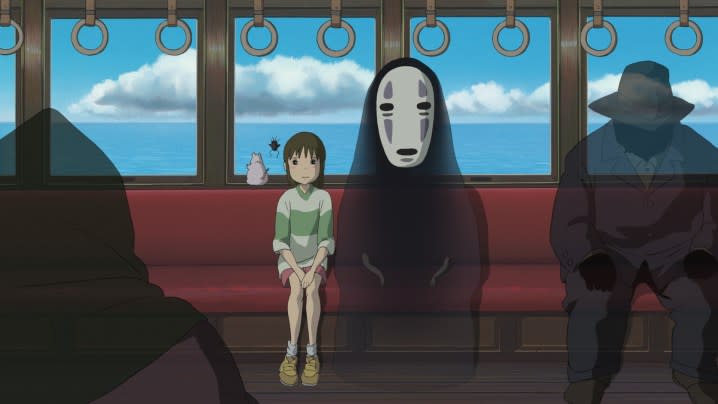
Studio Ghibli is synonymous with Japanese animation, and no other film better reflects its global reach than Spirited Away. Director Hayao Miyazaki’s most popular and best movie yet tells the story of 10-year-old Chihiro (voiced by Rumi Hiiragi), a young girl who stumbles into a mysterious and magical world while on her way to her new home. With her parents transformed into giant pigs, it’s up to Chihiro to find a way to free them and escape the dangerous realm.
Spirited Away appeals to audiences of all ages and cultures, with its gorgeously animated Spirit World full of fantastical creatures creating an immersive viewing experience. At its core is a profound coming-of-age story about Chihiro, who must learn to trust in herself and be brave in the face of the unknown. Like many of Miyazaki’s works, Spirited Away‘s wild visuals and sweeping landscapes reflect its main character’s emotional and evocative journey.
1. Seven Samurai (1954)
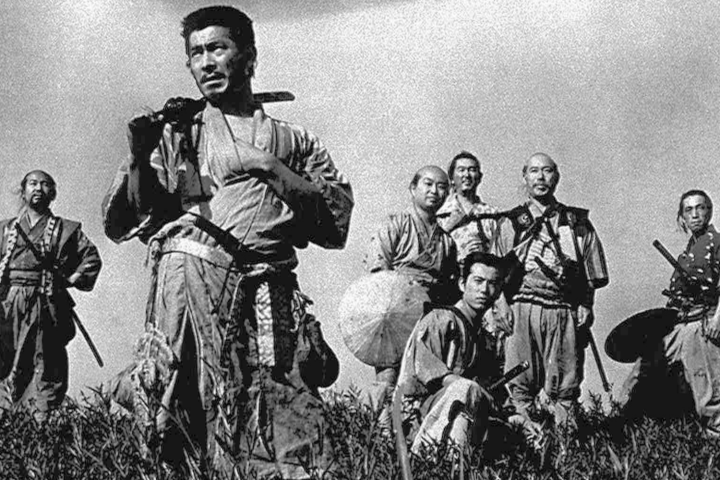
Consistently regarded as one of the greatest cinematic masterpieces, Seven Samurai is director Akira Kurosawa’s crowning achievement. The 1954 film follows a group of hired samurai who defend a farming village from bandits. Led by veteran rōnin Kambei (Takashi Shimura), they train the villagers and prepare for the inevitable attack. The samurai soon form an unexpected bond with the villagers and confront their own fears and complicated pasts along the way.
Kurosawa’s samurai film is a monumental work that influenced many genres, and it is still considered one of the best action movies to this day. It introduced the “assemble the team” trope that’s used in many modern films, especially in the superhero, crime, and action genres. Seven Samurai also showcased new filmmaking techniques like the prevalence of telephoto lenses and unorthodox camera angles. Its groundbreaking use of multiple cameras to capture the same scenes from several angles forever changed the way movies are made, cementing its place in the history of cinema.

